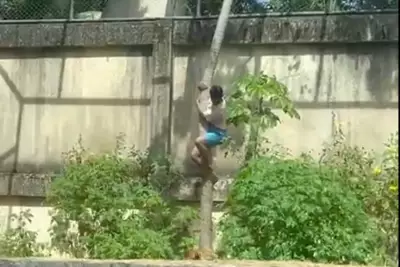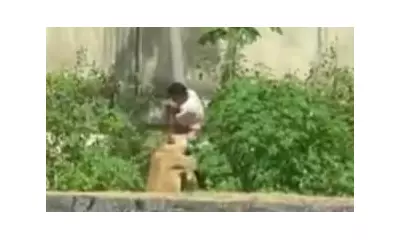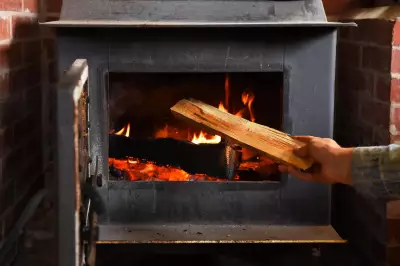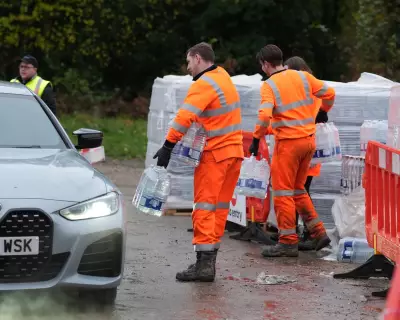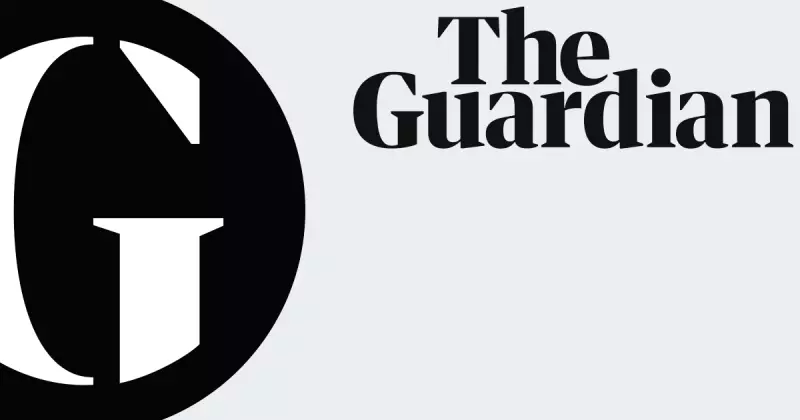
The vibrant colours and lights of Delhi's Diwali celebrations have been replaced by a grim, grey blanket of toxic smog, as the city woke up to dangerously polluted skies the morning after the festival.
A thick haze enveloped India's capital, reducing visibility to alarming levels and creating hazardous breathing conditions for Delhi's 20 million residents. The annual tradition of fireworks, despite partial restrictions, has once again triggered an environmental crisis in one of the world's most polluted cities.
Air Quality Plummets to Dangerous Levels
Monitoring stations across the city recorded air quality indexes (AQI) soaring into the 'severe' category, with some areas reaching readings above 400. The concentration of PM2.5 particles - microscopic pollutants that can penetrate deep into lungs and bloodstream - exceeded safe limits by multiple times.
Health experts have issued urgent warnings, advising residents to limit outdoor activities and use high-quality masks when venturing outside. The particularly vulnerable, including children, elderly citizens, and those with pre-existing respiratory conditions, face significant health risks.
The Annual Environmental Battle
This environmental emergency follows a familiar pattern that repeats each year after Diwali celebrations. Despite government efforts to promote 'green crackers' and implement partial fireworks bans, the combination of religious traditions, agricultural burning in neighbouring states, and unfavourable weather conditions creates a perfect storm for pollution.
The situation highlights the ongoing challenge facing Indian authorities: balancing cultural and religious practices with critical public health concerns. As the smog persists, questions are being raised about the effectiveness of current pollution control measures and the need for more robust solutions.


